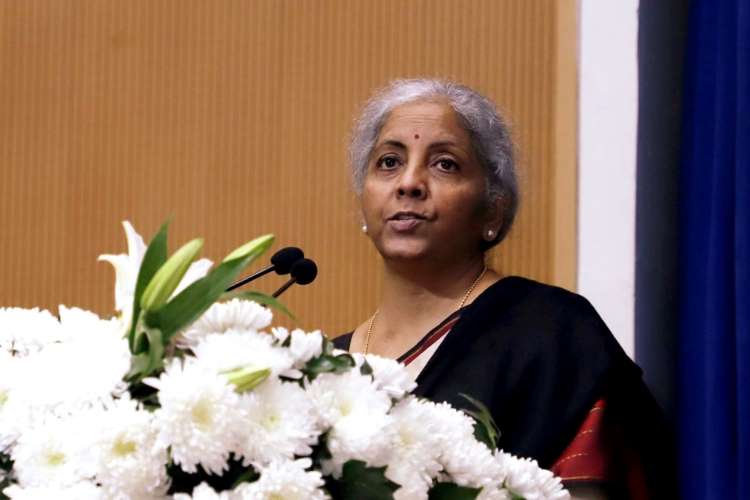
Finance Minister Nirmala Sitharaman chose her fifth and the current government’s final Budget to address middle class angst. She raised the income tax exemption limit from Rs 5 lakh to Rs 7 lakh. In her budget speech, she also announced new tax slabs and scrapped the twin-structure system unveiled in 2020 which taxed citizens at 25% without exemptions and 30% with exemptions. The move comes at a time when the pitch for an increase in exemption limit considering the macroeconomic situation and widespread job losses in the post-pandemic period.
The move promises to be highly popular among the middle class, but will raise a challenge for the government which is struggling to rein in the ballooning fiscal deficit. However, while lower tax rates and relaxed slabs mean lower revenues, it may also mean higher compliance. The relaxations may also help the government widen the tax net.
READ | Budget 2023 presents hope amid global headwinds
Financial year 2022-23 witnessed high tax buoyancy and the revenue targets may be exceeded by a huge margin. Budget 2023 is the last full Budget before the general elections next year and the stakes are high for the Narendra Modi government. The Budget was expected to be a populist one, but that may not be the sole reason for an increase in tax exemption limit.
The gross tax revenues have touched 65% of the budget estimates at Rs 17.81 lakh crore during the first eight months of the current fiscal. This was propelled by corporate and personal income tax collections, according to the Economic Survey 2022-23 presented in Parliament on Tuesday. Direct taxes, which broadly constitute half of the gross tax revenue, have registered a growth of 26% from April to November 2022. Good revenue position is a blessing for the government at a time when it is expected to support the sagging economy.
The new income tax regime
Under the new scheme, incomes up to Rs 3 lakh will be exempt from tax. Earlier, this limit was Rs 2.5 lakh. For the Rs 3-6 lakh band, the tax rate is 5%, while for the Rs 6-9 lakh bracket, it is 10%. The tax rate for Rs 9-12 lakh is 15%, and for Rs 12-15 lakh, it is 20%. Incomes above Rs 15 lakh will be taxed at 30%. Accordingly, those with a taxable income of Rs 9 lakh will now have to pay a tax of Rs 45,000 compared with Aa tax burden of Rs 60,000 earlier.
Likewise, an individual with a taxable salary of Rs 15 lakh will now have to pay a tax of Rs 1.5 lakh or 10% of the income as against Rs 1,87,500 now, a reduction of 20%. The old personal tax regime was introduced in the year 2020. Under it, there were six income slabs starting from Rs 2.5 lakh. The budget 2033 has reduced the number of tax slabs to five and increased the exemption limit from Rs 2.5 lakh to Rs 3 lakh.
The good, the better and the best
The announcement would encourage individuals at both the ends of the income spectrum to register themselves as there will be no tax liability on annual incomes up to Rs 7 lakh. Also, the surcharge on annual incomes above Rs 5 crore has been reduced from 37% to 25%.
In the post-pandemic world, the government and policy makers are walking a tightrope to balance inflation and economic growth. In order to boost growth, governments has given more money in the hands of people. The raising of income tax slabs means leaving the consumers with more disposable income which ultimately means higher growth for the economy. Higher disposable incomes translate into higher consumer demand which could help the economy recover and boost investments. It is a win-win situation for the government which is already under pressure to incentivise investment and growth as well as income tax payers who are battling inflation and higher cost of living.
